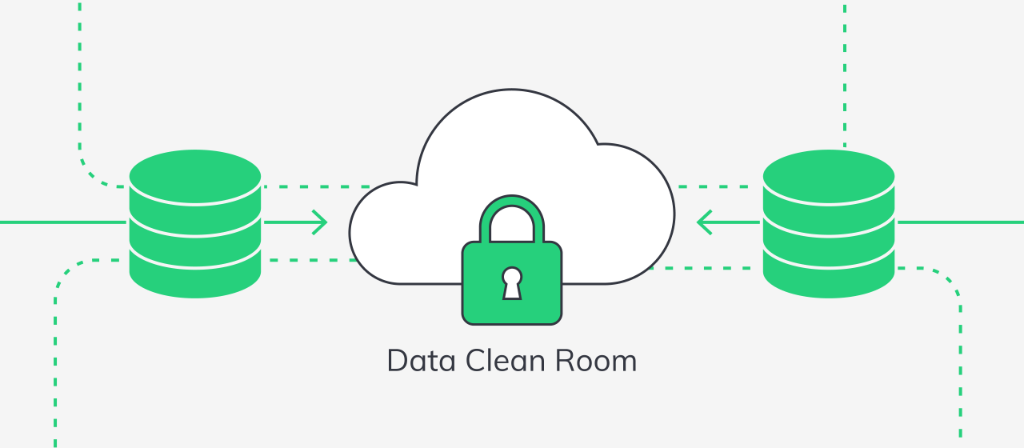The online world is changing. In particular, efforts to curb excessive online marketing - such as current (GDPR) and upcoming (revised Swiss DPA) legal requirements and technical measures such as the abolition of third-party cookies - are forcing operators of internet services to rethink their strategies. The impact of advertising media and the behaviour of the target group(s) must be collected in a way that protects both the rights of users and the reputation of operators.
A classic example: A company's own product is advertised on third-party websites. The product or service should then be purchased or utilised on your own website. Conversely, products can be advertised on your own website in order to then sell them via another channel.
But how does the link between your own and third-party websites work? Until now, it was possible to exchange data with other parties involved or to collect the required information yourself using tracking pixels. Classic attribution. However, this approach is proving to be increasingly risky. The parties involved have to protect each other legally, because sharing personal data is no longer ethically or legally tenable.
A possible solution? The exchange of relevant data without revealing the identity of one's own customer base. Legally clean, ethically clean. We're talking about Data Clean Rooms!

